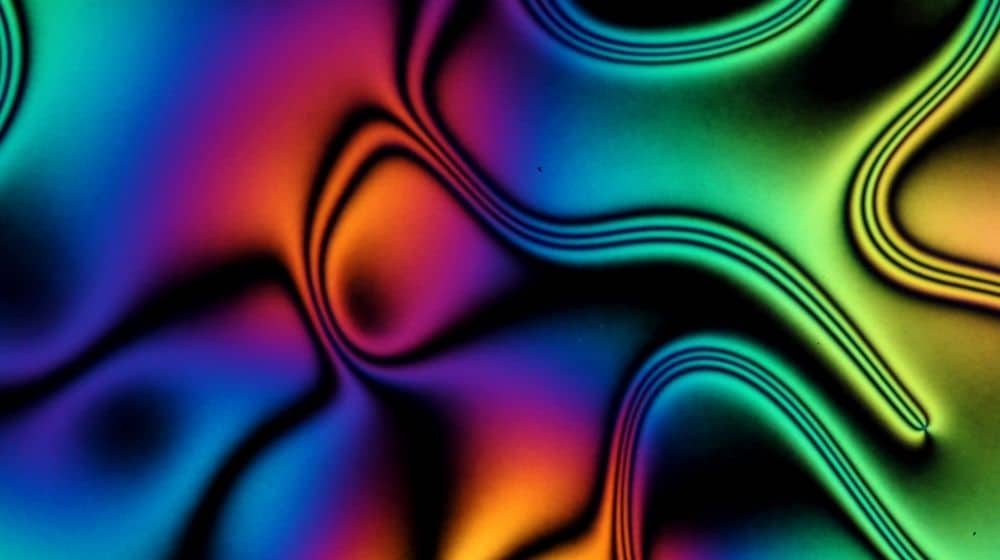A recent breakthrough at the Pritzker School of Molecular Engineering could pave the way for applications in robotics and computing using soft materials.
A group of researchers from the University of Chicago Pritzker School of Molecular Engineering has, for the first time, exhibited how basic components needed for logic operations can be designed using a material called a liquid crystal, paving way for a completely novel approach of performing computations.
While the results, published recently in Science Advances, depict that we cannot design transistors right away using this approach, the technique could enable devices with new functions in sensing, computing, and robotics.
Juan de Pablo, the Liew Family Professor in Molecular Engineering and senior scientist at Argonne National Laboratory, said:
We showed you can create the elementary building blocks of a circuit—gates, amplifiers, and conductors—which means you should be able to assemble them into arrangements capable of performing more complex operations.
How the Technique Works
The research aims to take a closer look at a type of material called a liquid crystal. The molecules in a liquid crystal tend to be extended, but when packed together they adopt a structure that has some order, like the straight rows of atoms in a diamond crystal. Although in the case of a liquid crystal instead of being stuck in place, its structure can also shift around just as a liquid does.
Scientists are always looking for these kinds of unusual patterns in materials since such singularities lay down the foundations of new technologies. However, one consequence of this odd molecular behavior is that there are spaces in all liquid crystals where the ordered regions bump up against each other and their orientations don’t quite match, creating what scientists call “topological defects.” These spots move around as the liquid crystal moves.
Scientists are focusing on these defects, trying to work out a way to carry information through them – similar to the functions that electrons serve in the circuits of your laptop or phone. But in order to make technology out of these defects, you’d need to be able to guide them around where you want them, and it’s proved very difficult to control their behavior.
However, last year, a group of researchers, figured out a set of techniques to control these topological defects. They demonstrated that if they controlled where to put energy into the liquid crystal by shining light only on specific regions, they could guide the defects to more specific directions.
In a new research paper, they took it a logical step further and determined that it should be theoretically possible to use these techniques to make a liquid crystal perform operations like a computer.
The research team, which also includes co-author and University of Chicago postdoctoral researcher Ali Mozaffari, is working with collaborators to carry out experiments to confirm the theoretical findings.

























